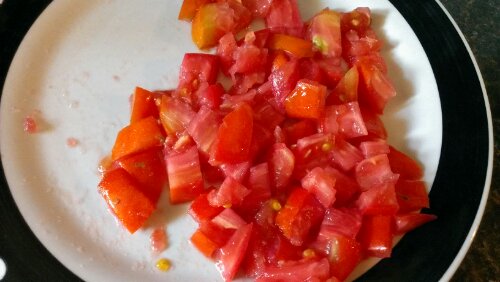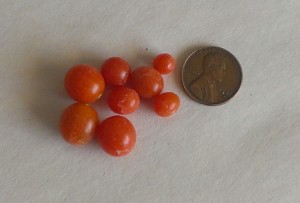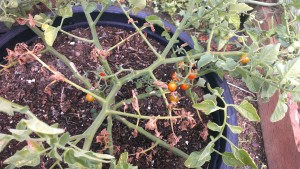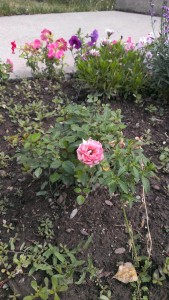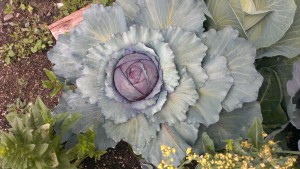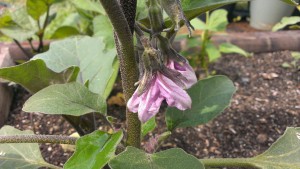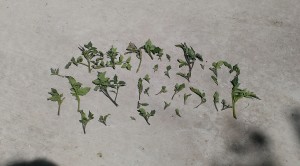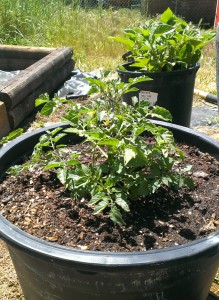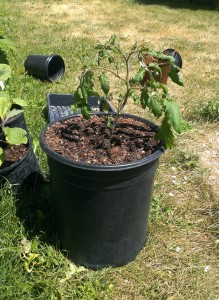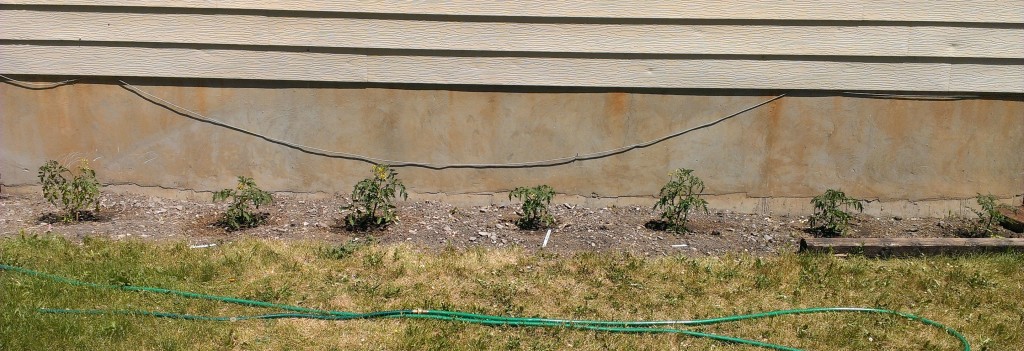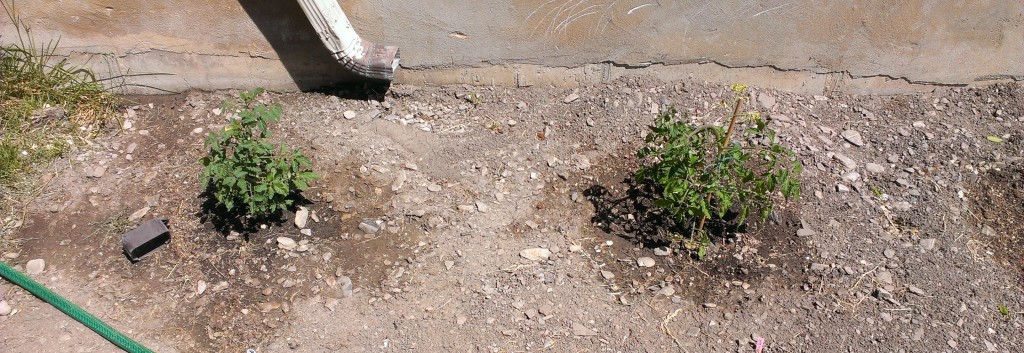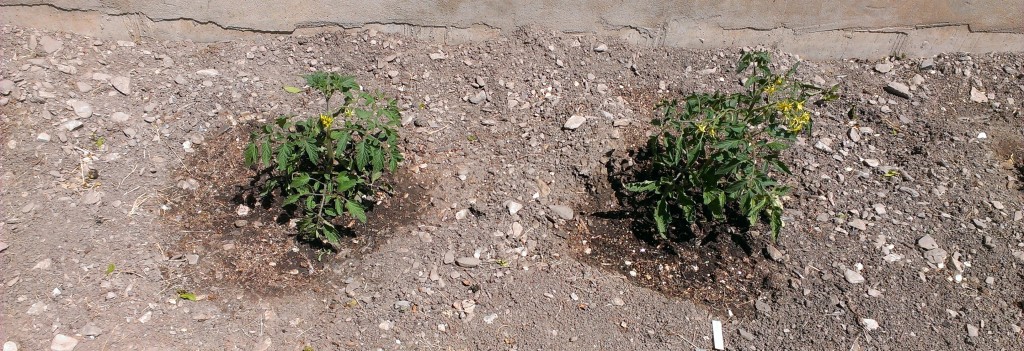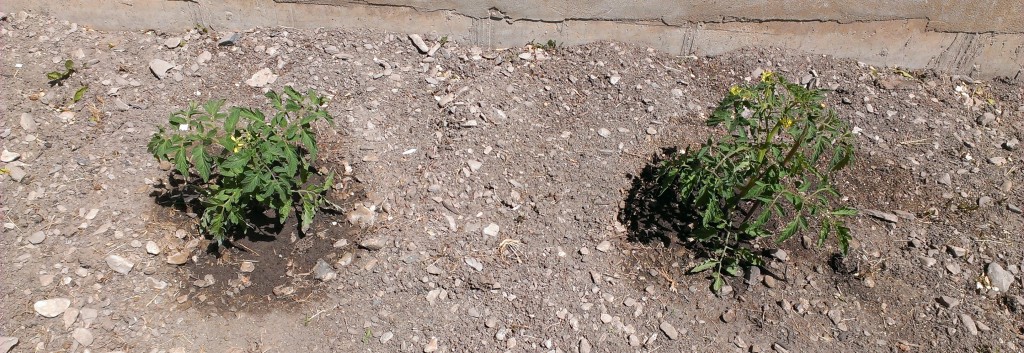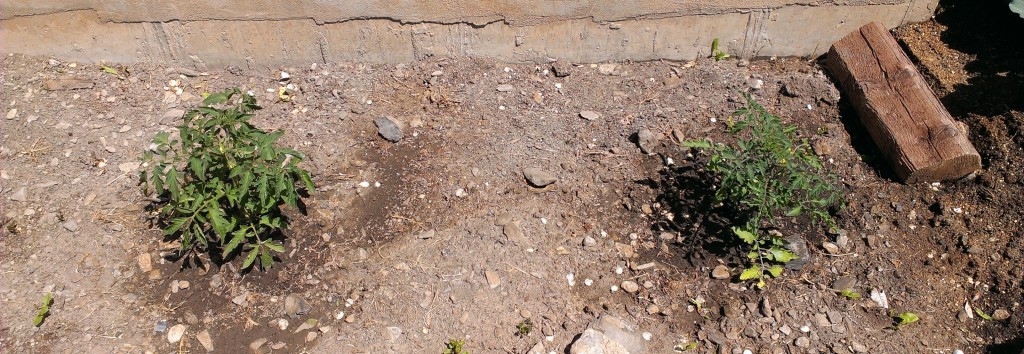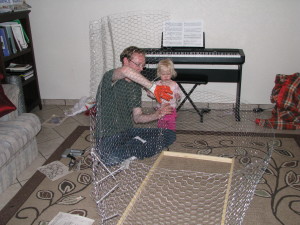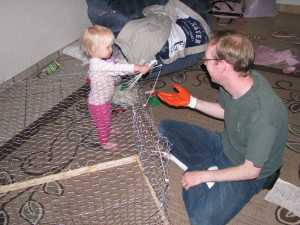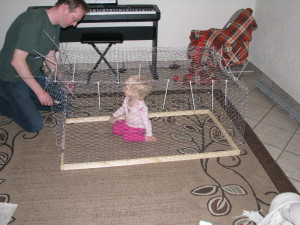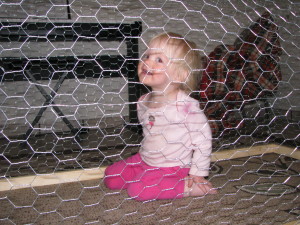 In an effort to get out of debt, we have given up on eating out, buying new clothes (unless absolutely needed to protect from the elements), and shopping in general. In doing this, we realized that these are the things we do when we are bored. We spend money when we are bored. So, together, my husband and I came up with a long list of things to do if we are bored. This list could, also, apply to anybody trying to break a bad habit they developed out of boredom, such as boredom eating or face-stalking. If anything on this list doesn’t help you achieve your goal, simply cross it off. There are plenty of other things to do. Feel free to add any ideas you can come up with to combat boredom in the comments below.
In an effort to get out of debt, we have given up on eating out, buying new clothes (unless absolutely needed to protect from the elements), and shopping in general. In doing this, we realized that these are the things we do when we are bored. We spend money when we are bored. So, together, my husband and I came up with a long list of things to do if we are bored. This list could, also, apply to anybody trying to break a bad habit they developed out of boredom, such as boredom eating or face-stalking. If anything on this list doesn’t help you achieve your goal, simply cross it off. There are plenty of other things to do. Feel free to add any ideas you can come up with to combat boredom in the comments below.
- Go to the temple.
- Do the dishes.
- Read a book.
- Do a puzzle.
- Play a board/card game.
- Go to Trafalga. (with the passes we already bought)
- Go on a hike.
- Organize a room.
- Sweep the floor.
- Build electronics.
- Sew a dress.
- Play the piano.
- Dust out a computer.
- Fly a kite.
- Go for a walk.
- Ride a bike.
- Mow the lawn.
- Take a nap.
- Watch a movie. (instead of TV, because it ends and you can get on with your life)
- Prepare meals for a week.
- Read to kids.
- Build with blocks.
- Play house.
- Crochet a scarf.
- Plant seeds.
- Dust a room.
- Vacuum a room.
- Weed the garden.
- Play at the park.
- Cross stitch.
- Play a video game.
- Do charity work.
- Go to the library. (but don’t be late returning books)
- Go to bed.
- Make play dough.
- Paint/color with kids.
- Throw stuff away.
- Start a conversation on the ham radio.
- Write a book.
- Read scriptures.
- Draw scenery.
- Play the guitar.
- Practice Spanish. (or any language you want to learn)
- Visit friends and family.
- Make new friends.
- Learn what all the camera settings do.
- Pick up a new skill.
- Sing a song.
- Write a poem.
- Call a friend.
- Write a letter.
- Go to a museum. (the free kind)
- Build a paper airplane.
- Make paper snowflakes.
- Make a kite.
- Jump rope.
- Organize digital pictures.
- Make a digital scrapbook.
- Fix garbage disposal. (or whatever part of your house is breaking down)
- Write in journal.
- Write music.
- Do yoga.
- Do zumba.
- Learn to run.
- Play soccer.
- Start a quilt.
- Go stargazing.
- Make dessert.
- Build a fort.
- Do laundry.
- Make cardboard stuff.
- Give a massage. (you might get one in return)
- Remove slats from blinds.
- Dance to music.
- Give yourself a manicure.
- Give yourself a pedicure.
- Organize closets.
- Organize bookshelves.


